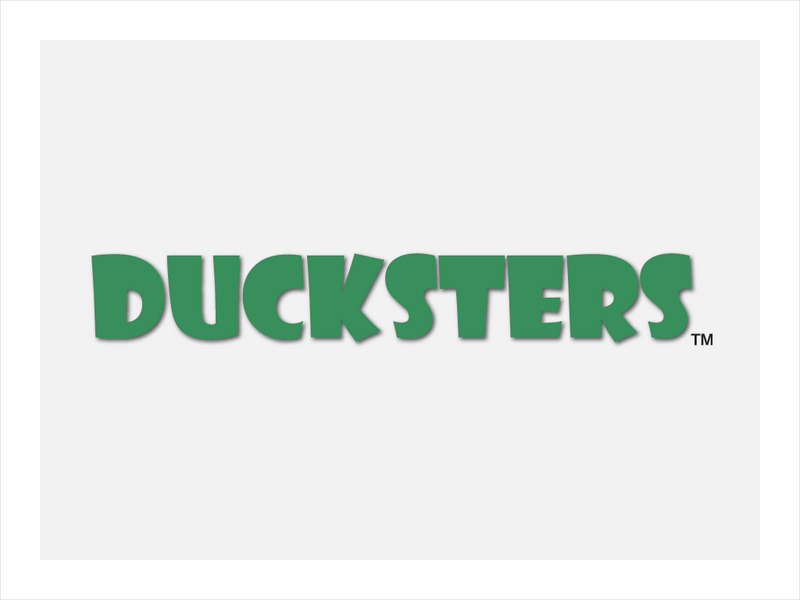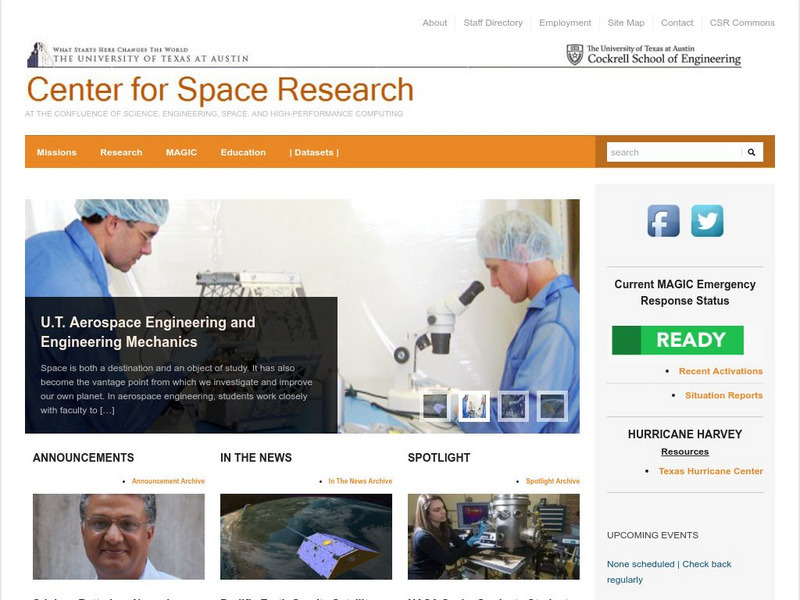Hi, what do you want to do?
Cosmo Learning
Cosmo Learning: Introduction to Astrophysics
A collection of audio lectures from an introduction to astrophysics course taught at the University of California, Berkeley. The course discusses the solar system, stars, quantum mechanics, gravitation, and cosmology focusing on how...
Ducksters
Ducksters: Astronomy for Kids: The Planet Earth
This site is astronomy for kids and teachers! Here students can learn about the planet Earth of the Solar System including fun facts, mass, day, year, and distance from the Sun.
NASA
Nasa: Io: Overview: Volcanic Moon
Find out about most volcanically active world in the Solar System, Jupiter's moon named Io.
Science Education Resource Center at Carleton College
Serc: Mn Step: What Sizes Are the Planets and How Do They Move Around the Sun?
An outdoor activity where young scholars simulate how planets orbit around the sun using different sizes of balloons.
Curated OER
Harvard University: The Earths Orbit
Students perform many inquiry activities related to Earth's orbit. Included are recording daily temperatures, observing the sun's path over several weeks, tracking sunrise and sunset times, and angle of sunlight. Diagrams make lessons...
Curated OER
Harvard University: The Earths Orbit
Students perform many inquiry activities related to Earth's orbit. Included are recording daily temperatures, observing the sun's path over several weeks, tracking sunrise and sunset times, and angle of sunlight. Diagrams make lessons...
Wonderville Media
Wonderville: Planets
There are eight planets in orbit around our Sun. These planets form our solar system. The eight planets are Mercury, Venus, Earth, Mars, Jupiter, Saturn, Uranus, and Neptune. There are also rocks, moons, comets, and other objects going...
University of Texas at Austin
Ut Austin Center for Space Research
The homepage of the Center for Space Research at the University of Texas whose mission is "to conduct research in orbit determination, space geodesy, the Earth and its environment, exporation of the solar system, as well as expanding the...
Space.com
Moon Facts: Fun Information About the Earth's Moon
How did the moon form? Learn the answer to this and numerous other fun facts in this article from Space.com.
PBS
Pbs Learning Media: The Sun and Planets
Observe the sun and the rotation of the planets in this moving image from NASA. Observe the axial tilts and directional rotation of planets and how they differ for each planet. Be sure to read the background information on how planets...
PBS
Pbs Learning Media: All Planet Sizes
This illustration from the Lunar and Planetary Laboratory shows the approximate sizes of the planets relative to each other. Note that the planets are not shown at appropriate distances from the Sun.
NASA
Nasa Star Child:space Probes (Level 1)
This page of NASA's excellent Starchild site deals with Space Probes. Learn about the various planetary probes by clicking on the planet of interest.
NASA
Nasa Star Child: The Hubble Space Telescope (Level 1)
This article for younger students introduces the Hubble Space Telescope and what it is doing in outer space.
Nine Planets
The Eight Planets: Earth
Excellent Eight Planets site that provides a vast amount of information about planet Earth. Very comprehensive and complete site.
Enchanted Learning
Enchanted Learning: All About Space: Mercury
The planet Mercury is profiled with information about its size, mass, atmosphere, length of day, and the like. Features include interactive activities and learning exercises.
Exploratorium
Exploratorium: Your Age on Other Worlds
How old would you be on Mars? Venus? Have fun plugging in your birthdate to see your age on other planets then read scroll down for a full explanation.
PBS
Pbs Learning Media: Meteor Showers
This video segment adapted from NASA uses animation to illustrate the properties of meteor showers and comets. Included is are visualizations of a comet's tail and of Earth passing through a debris stream left behind by meteoroids.
Oklahoma Mesonet
Oklahoma Climatological Survey: The Seasons
Find out what the seasons are and how they change. Through the use of excellent graphics, content explores the Earth's orbit around the sun and how sunlight reaches the earth at equinox and the winter solstice.
Other
British National Space Centre: Uranus
Part of a larger site on the Solar System, this page offers an image of Uranus and information about its discovery, size, orbit, and atmosphere. Follow links in the left margin to read more about the planet's composition, rotation, and...
NASA
Nasa: Goddard Institute for Space Studies: Time on Mars
This site provides a Java-based program called Mars24. You can download this to your computer to keep track of time on Mars.
Science Buddies
Science Buddies: Stargazing for Satellites
Did you know you can see many satellites with the naked eye? Try this activity and find out for yourself!
PBS
Pbs Kids: Martha Speaks: Socks in Space
After learning seven space-themed vocabulary words, students will go on a space adventure collecting socks. After completing five levels, students will test their new knowledge by matching five words with the pictures that show their...
NASA
Nasa's the Space Place: King of the Ice Dwarfs
An information page all about Pluto! Learn about Pluto's size, path around the sun, temperature, location, and traveling partner Charon.
Read Works
Read Works: What's Up in Space?
[Free Registration/Login Required] An informational text about outer space. A question sheet is available to help students build skills in reading comprehension.


















